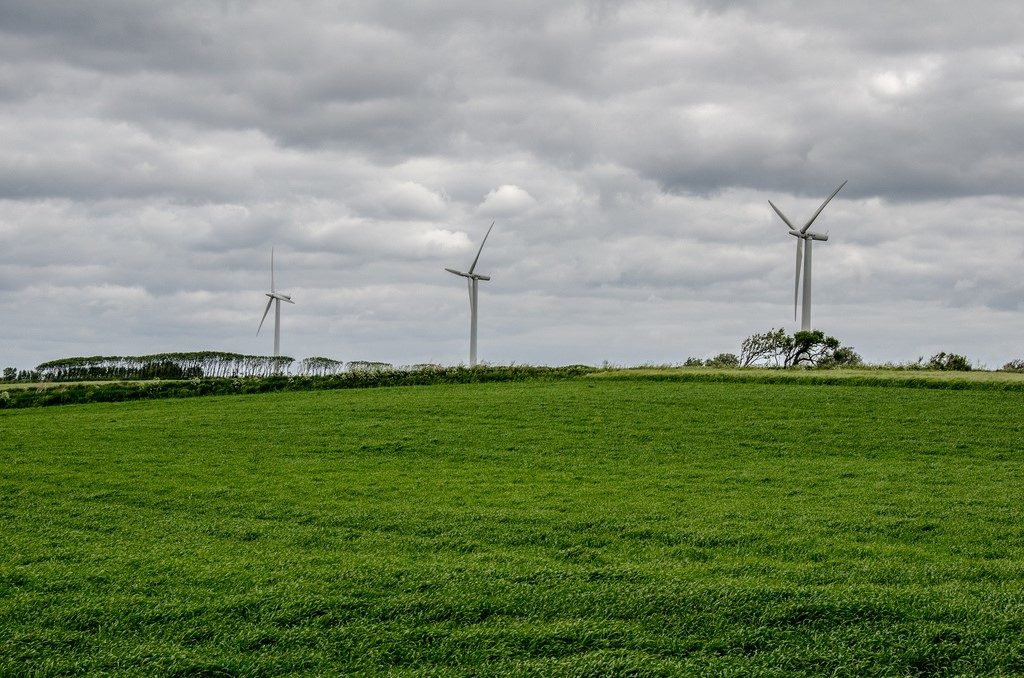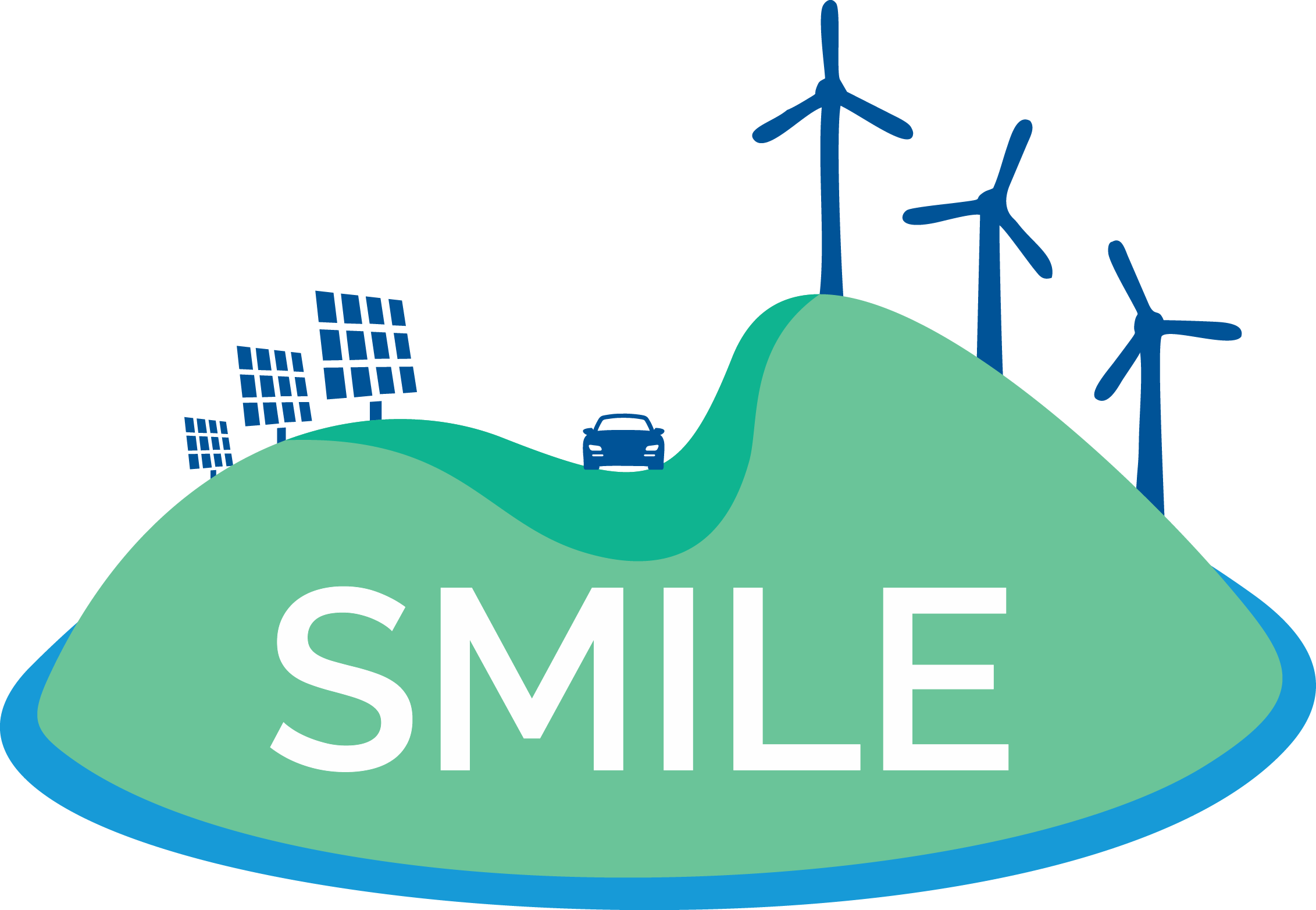Achievements and future plans of Samsø Energy Academy, current situation and overall experience within SMILE Project. Interview with Jan Jantzen, Samsø pilot coordinator.

Samsø , The Energy Island
Jan, could you please introduce your organisation shortly?
The Samsø Energy Academy is a project-based organization focused on climate change. It is a meeting place for all kinds of people who are interested in community development.
What is the involvement of your organisation within energy topics?
The Samso Energy Academy works on Samsø’s transition to a fossil fuel free island before the year 2030.
What was the motivation lying behind for the SMILE project at your organisation?
The SMILE project increases our share of renewable energy, and that fits the plan to become fossil fuel free. The ultimate goal is to attract more citizens, because the population is declining, much to our worry.
What is your role within the SMILE project?
Samsø Energy Academy just coordinates and provides information. It is the harbour master and the electrician who do the real work.
How is the project running so far? What was the biggest obstacle up to now?
The worst part is over, it seems. It was a long period of much uncertainty. We had to comply with rules, satisfy politicians and citizens, and then make a technical design from scratch.
What were the most important developments in Samsø within SMILE project?
The harbour master managed to find space for many photovoltaic panels. They are our energy harvesters, and they have a good size compared to the battery size.
How is your experience of working with the other partners of the SMILE consortium?
Very rewarding. It broadens our view, and I am confident that we later will be able to take some of their experiences home to Samsø. It would be nice to continue the collaboration after SMILE.
Are there other ongoing similar projects in Samsø, or do you have any plans for new, similar projects?
We have a master plan for 2030, and, in principle, all we do must fall within the scope of that master plan. Since we have excess electricity and limited biomass resources, we wish to use the electricity for heating in the winter, by means of electrical heat pumps. We also wish to turn the biomass into biogas for transportation (ferries, lorries, busses, tractors). We just held a public meeting with an external expert on autonomous vehicles; they could fit well it seems.

Recent Comments